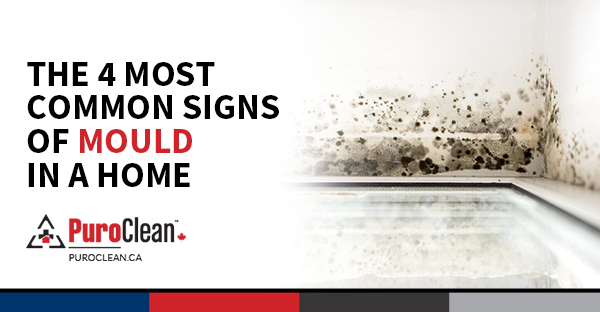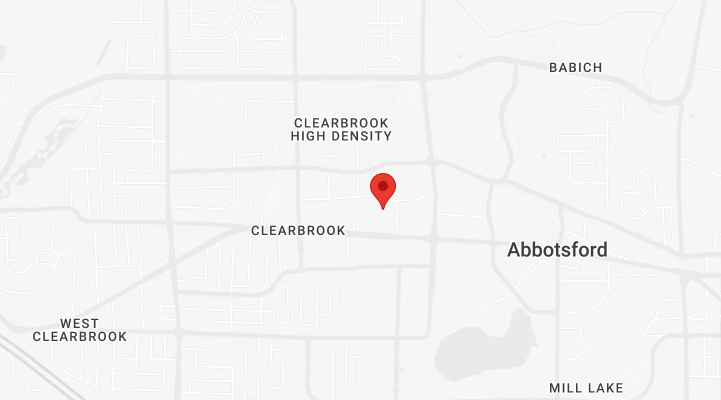The PuroClean Blog
The 4 Most Common Signs of Mould in a Home
 Large amounts of mould can hide in homes and properties without being noticed. However, mould is expected to develop if there’s a water problem, such as leaks, high humidity and condensation, in the property. But this is not all – there are more clues for mould growth. Here are some of them:
Large amounts of mould can hide in homes and properties without being noticed. However, mould is expected to develop if there’s a water problem, such as leaks, high humidity and condensation, in the property. But this is not all – there are more clues for mould growth. Here are some of them:
- Musty smell – Mould releases a pungent, musty odour. Since mould may hide in unseen areas of a property, the musty smell may often be the only clue of mould growth. Property owners should take action immediately as soon as they sense the musty smell. If mould can’t be seen but its odour is felt, it may be hidden in areas such as within walls or behind wallpaper. A mould removal company can perform a thorough inspection and get rid of the mould problem. Mould must be removed as soon as possible to avoid mould health risks and a larger mould problem down the road.
- Visible signs of mould – Mould also grows in clearly visible areas that are rich in humidity or that were affected by water damage. In homes, mould can have multiple colours — black, gray-brown, gray-green or white. Bathrooms, basements, and attics are some of the most common places in a home where mould can grow. In the bathroom, mould can often be seen on grout and it’s easy to distinguish from soap scum due to its greenish-black colour. Mould in the basement and attic may be more difficult to spot, but it usually takes hold of the dampest surfaces.
- Mould exposure symptoms – Although mould may not be visible in a property, its presence can often be felt through several symptoms. Mould-sensitive individuals – and even those who aren’t – may exhibit allergy symptoms (sneezing, runny or stuffy nose, coughing, itchy eyes, and more), asthmatic symptoms (coughing, wheezing, shortness of breath), as well as irritant reactions that are similar to allergy symptoms. If someone experience these symptoms in a home, it’s likely that the home is infested with mould.
- Water problems — Areas with high humidity levels, condensation problems, water leaks or past flooding are prone to mould growth. Mould can grow quickly on most surfaces if the water/dampness problem isn’t fixed immediately. For instance, mould may appear in the first 24-48 hours after a flood. These water problems must be fixed as soon as possible to prevent mould from spreading and causing structural and health problems.
DIY mould removal is possible, but it’s very difficult without the proper tools and techiques. A reputable mould removal company can bring a home back to pre-loss condition quickly and efficiently. The PuroClean team stands ready to provide professional restoration services to any property affected by fire, water or mould damage.
Follow us on Twitter, Facebook, Google+ and LinkedIn to get our notifications!
October 4, 2017


